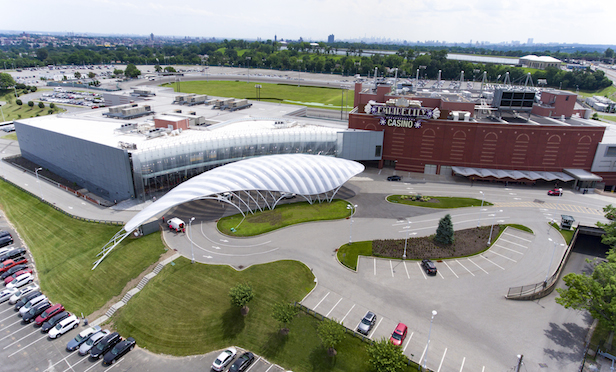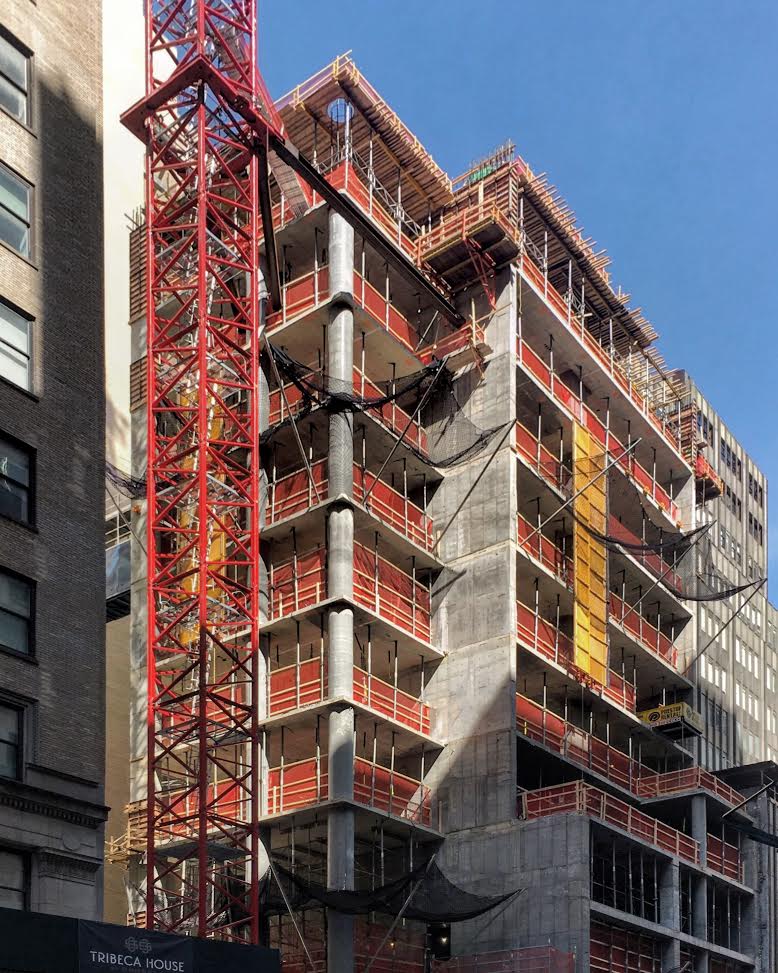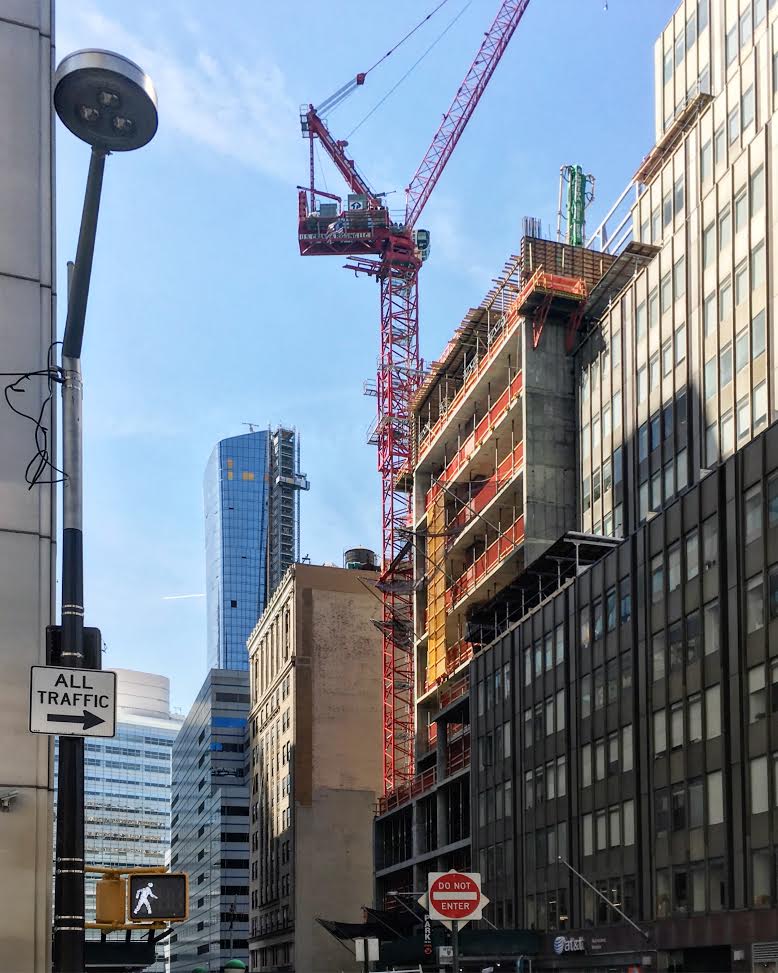The short-term rental market is becoming more popular, and questions are increasing on the regulatory environment around short-term rental investment properties. We sat down with Rob Stephens of Avalara MyLodgeTax to ask about the investment potential for short-term rentals and what interested investors should know before getting in the market. In this exclusive interview, Stephens tells GlobeSt.com all about the investment potential, tax requirements and laws pertaining to the short-term rental market.
GlobeSt.com: Short-term rental properties have recently grown in popularity. How do you define a short-term rental and why would someone consider this as an investment option?
Rob Stephens: There are several options homeowners have to make extra income. For those looking to purchase a second home, often called a vacation rental home, renting out to vacationers is a great way to afford purchasing an additional property. Not to mention, for a growing number of travelers, renting a private home is the only way to go and typically offers more choices, comfort and privacy than hotels, and often cost less as well.
There’s no question that the vacation rental business is booming. In the United States alone, revenue in this market is approaching $18 billion, with a projected annual growth rate of 6.6%.
GlobeSt.com: Is a vacation rental a smart investment?
Stephens: Buying a vacation rental home can be an attractive investment option. Not only will you have a place to call home in a location you already love and visit frequently, the property can be an excellent source of income for you between visits. The income from travelers renting your property will often cover a significant portion (if not all) of your ownership costs while you reap the benefits of long-term appreciation.
Of course, your rental only generates income when it’s occupied. Popular websites like Airbnb and HomeAway connect guests to your property and offer tools to make interacting with your renters and managing your property easier. If you’d rather not do it yourself, a property management company can help with finding renters, handling logistics and maintaining the property between guests.
Keep in mind that, unlike stocks, real estate is not a liquid investment. Buying and selling a home takes time and involves transaction costs. There is often a lot of negotiating and compromising to be done as well. That, however, hasn’t stopped millions of people from turning their short-term vacation homes into incredible long-term investments.
GlobeSt.com: What laws do prospective short-term landlords need to know or look for before becoming a short-term rental operator?
Stephens: The rapid rise in short-term rentals has caused some communities and homeowner associations to restrict or even ban them. Many communities prohibit owners from renting out their homes for fewer than 30 days. If you’re not in an HOA community you’ll likely have more leeway, but some cities and states are starting to impose regulations on vacation rentals as well.
It’s the owner’s responsibility to learn about short-term rental laws, and failure to comply with those regulations may result in fines and other penalties. While researching changing local regulations can be challenging, a call to your HOA property management company, a visit to your city hall website and conversations with local friends and neighbors who use their home as a vacation rental can help provide clarity. There are also technology platforms that track changing regulations and fees. Do your research prior and ask experts in the short-term rental space about these types of questions.
GlobeSt.com: What should prospective landlords know about taxes and fees?
Stephens: As a short-term rental property owner, you are responsible for collecting any local lodging taxes required in your area. State and local lodging taxes can vary widely, and can change with little notice. Understandably, it can be very confusing and risky to try to keep up with them on your own.
This is where a lodging tax compliance automation tool can be invaluable. The right lodging tax software can manage the complexities of your tax and business requirements in your specific location—so you can focus on managing your property. The right tool will offer a full range of solutions, including determining the vacation rental taxes and reporting requirements as well as calculating and filing returns on a monthly or quarterly basis.
GlobeSt.com: When do you collect these taxes, and from who?
Stephens: If you do decide to purchase a vacation property with an eye toward short-term rentals, the short answer is anyone who rents from you. Whether you or your property is located in California, Maine or anywhere in between, the local and state lodging and occupancy taxes must be remitted to remain compliant. Many real estate investors overlook the fact that lodging or occupancy taxes need to be paid in order to rent the home in compliance with city and state tax agencies. Short-term rentals can offer much greater income potential, but liability can add up quickly if these taxes are not collected and remitted on time. When you enter the short-term rental market, lodging tax collection will need to be a part of every rental agreement and transaction you make.










